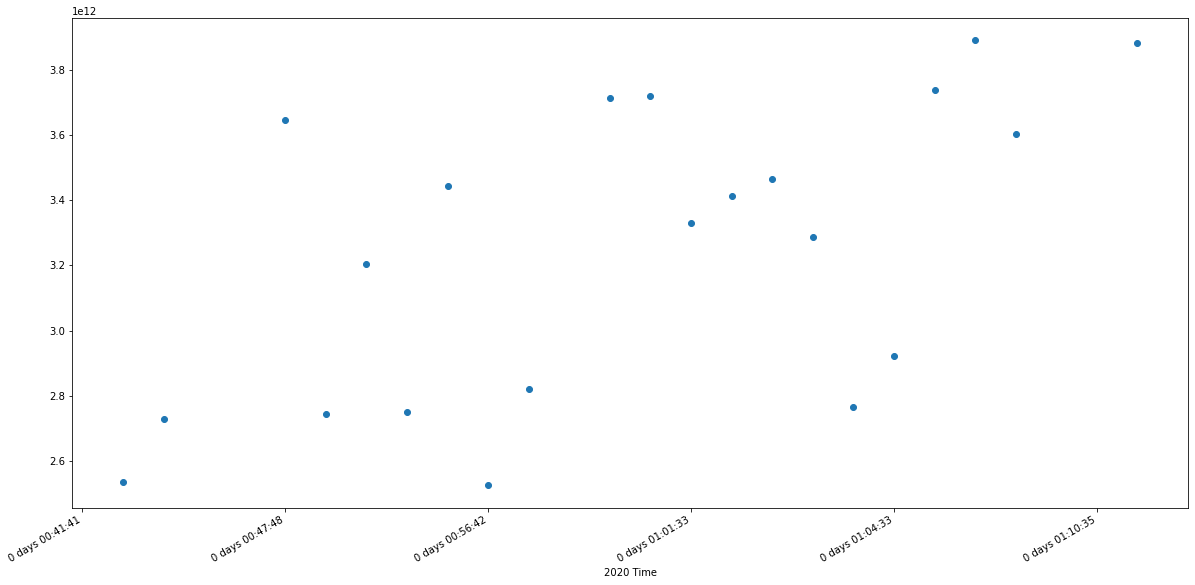I've run the Arbutus Firecracker 10K race on the Fourth of July back in the 'before times' when we ran races in large crowds. I loved it. It's reputation is true, the course is hilly and the weather is hot and humid. Also, the atmosphere is awesome. Runners who turn up for this race are serious runners, middle of the pack runners, fun runners, and the kind of runner who wears a lot of patriotic gear. The support from the neighborhoods restored my faith in the country. There were so many people who aimed their sprinklers at the runners, handing out water, and yelling "you got this" I didn't even mind the hills. I can't wait to run this race again.
It's so interesting how races are dealing with the need to avoid traditional races. I've seen so many creative solutions. This race was virtual this year. You could run any 10K course you could dream up and submit your time on the honor system. For a reasonable race fee you got a race bib, an insulated lunch box, and the good feeling of supporting the race.
I took a look at the race times available for the runners of the virtual race this year, and the results for the in person races 2016-2019. I cleaned up the data a bit (names were different from year to year). I used data frames and the convenient time delta format, merged the results for 2016-2019 based on names, and added a column for average time. I compared the average with the self-reported times from 2020.
I know there really isn't enough information for this race to draw much of a conclusion. There were only a few dozen people who ran the virtual race, and not many of them had run consistently over the last few years. Since the virtual race allowed runners to pick any course, this is comparing apples and oranges. The plot of the results (2020 time on the horizontal, average on the vertical), there's no apparent pattern.

It was a useful project for me to learn more about using data frames and time deltas. It turns out it is pretty difficult to make race times look normal. There is a helpful GitHub page describing how to change the appearance, and I used one of the methods.
I think I might be able to apply this approach again, when larger races publish their virtual results.
It's impressive that 33 people took time to run a 10K on the holiday, in some pretty high temperatures. Way to go runners! Brent Smith ran almost 13 minutes faster than his average over the last couple years. Nice job Brent! I also noticed from results that the amazing race director, Martin Goode, beat his 2017 time by 36 seconds. I also noticed from the results that several people ran all five years, I think this is the kind of race that people are devoted to, which the best compliment runners can pay a race.
You can see my Python code, Jupyter Notebook, and a link to Binder on Github. If you're not familiar what any of that means, go straight to Binder click on the first entry "Firecracker 10K .ipynb" and let it chew on that. It'll do all the work for you. Scroll to near the bottom and you'll see a chart of the results. Let me know what you think.